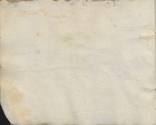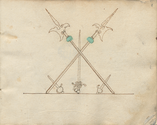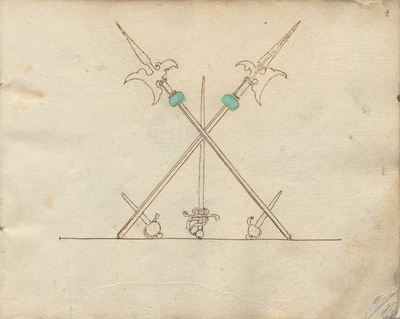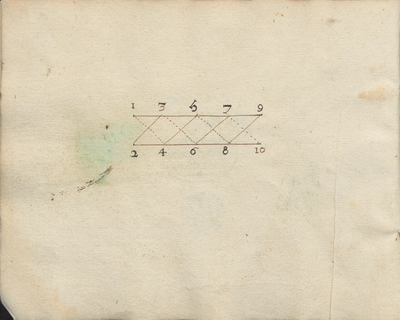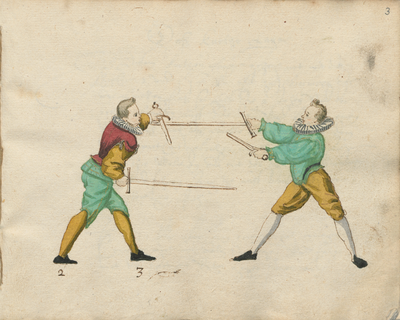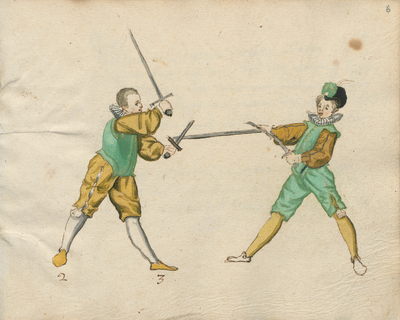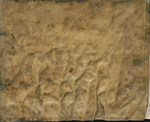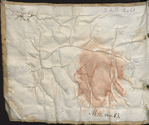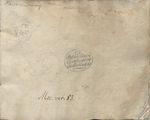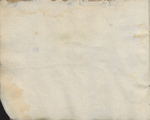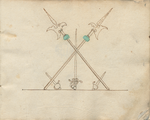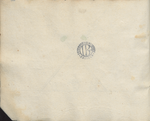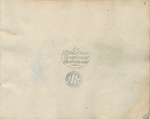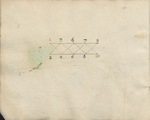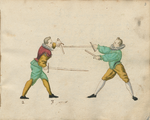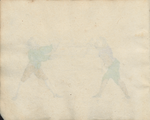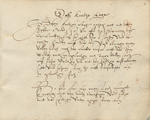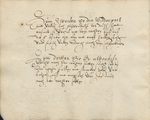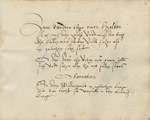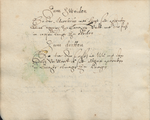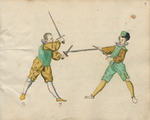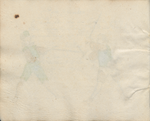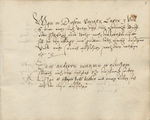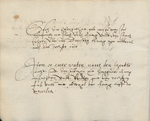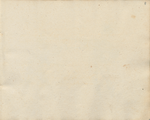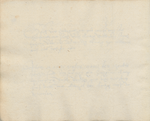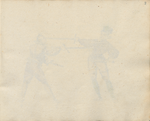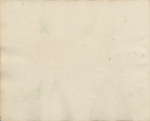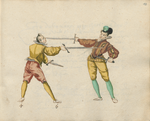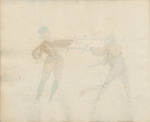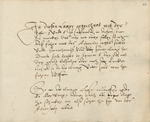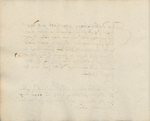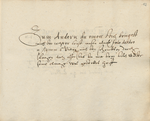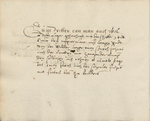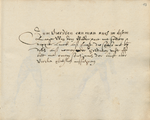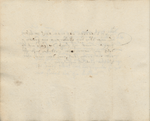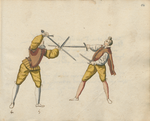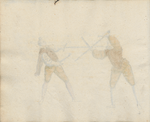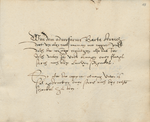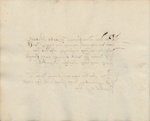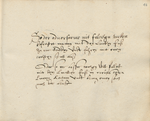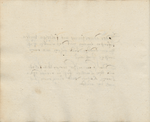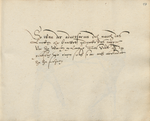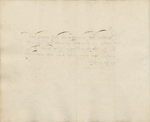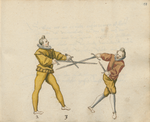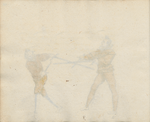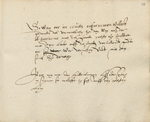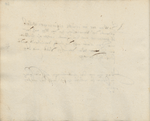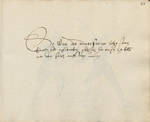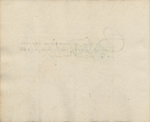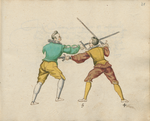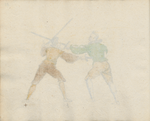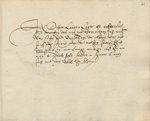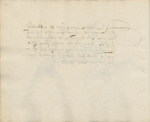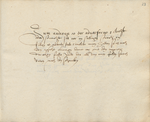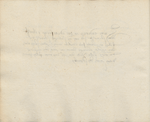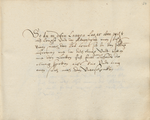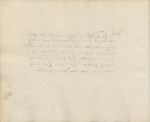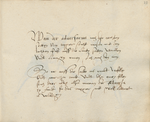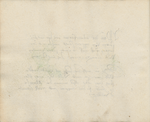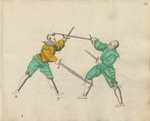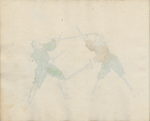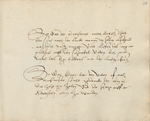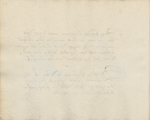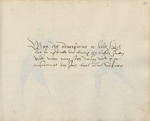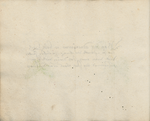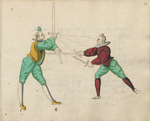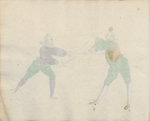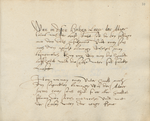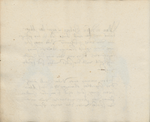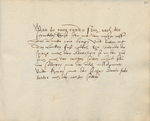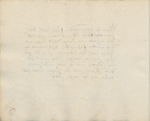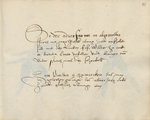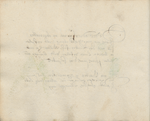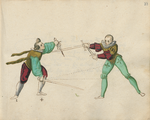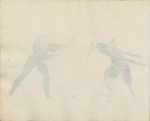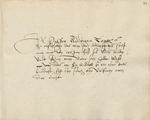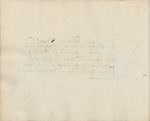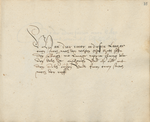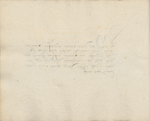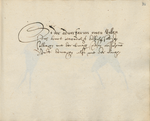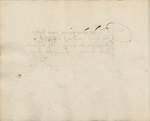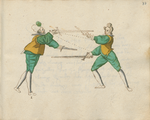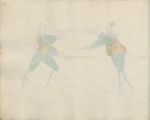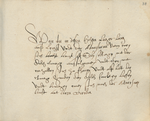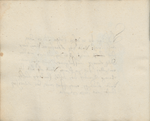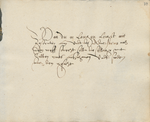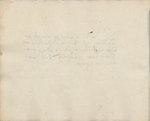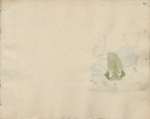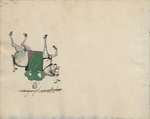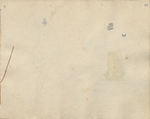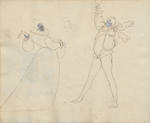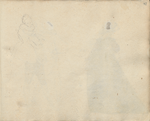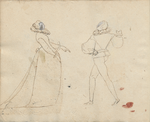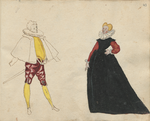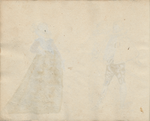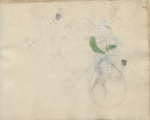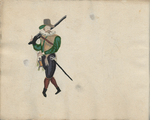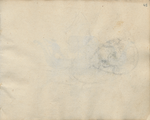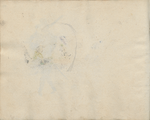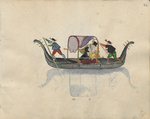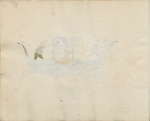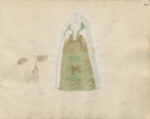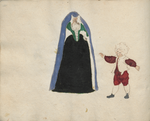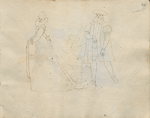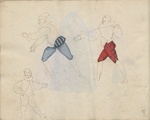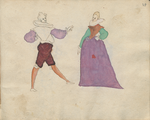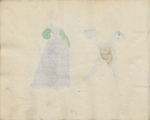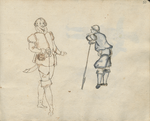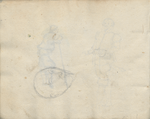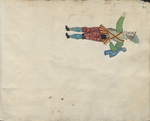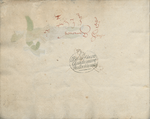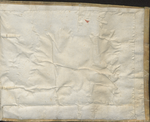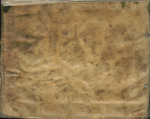|
|
| Line 139: |
Line 139: |
| | | | |
| | |- | | |- |
| − | ! 40v - 51r | + | ! 40v - 51r |
| | | Illustrations of human figures | | | Illustrations of human figures |
| | | | |
Revision as of 23:32, 17 March 2024
Hugold Behr's Fechtbuch (MS var. 83) is an anonymous 16th century German fencing manual created some time before 1573.[1] The original currently rests in the holdings of the Universitätsbibliothek Rostock in Rostock, Germany. It was previously owned by Hugold Behr the Elder, from whom it takes its nickname, but its original author and artist are unknown.
Provenance
Contents
| 1r - 39r
|
Images
|
Draft Translation 
by Reinier van Noort
|
Transcription [edit]
by Matthias Johannes Bauer
|
|
|
|
|
|
|
|
|
|
|
The short guard
In this short guard, indicated with the numbers 2 and 3, you must firstly observe that your left foot must stand on the 3, and your right behind on the 2.[2] Then deliver a full thrust to his left breast, so that your counterpart likewise[3] attacks with a full thrust. You must take this out with your dagger, and immediately attack this arm in the same thrust.
|
[4r.1] Dasz kurtze lager
In diesem kurtzen lager gezeichnet mit der
ziffer 2 und 3 ist vor erst zu observiren das
der lincken fuß sol auff die 2 stehen und der
rechte hinden auff die dry und bringen einen
vollen stich nach der lincken brust auff das dein
widderpart im geleichen mit einen vollen stich
auß fahre welchen du mit den dolchen außnemmen
salt und fahren strax zu auff denselbigen arm
im geleichen stich.
|
But if he delivers a strike above, then cross against this with your dagger, and drive your point against his arm from below.
|
[4r.2] So er aber oben einen streich bringet
so creuitz mit den dolch dargegen und fahre
mit der spitzen unten gegen seinen arm.
|
Secondly, if your counterpart attacks hard with a full thrust on the outside of your dagger, then step with your right foot onto the 6, threaten him above with a half thrust, and strike through below to his legs.
|
[4v.2] Zum zweiden so dein widderpart
mit vollen stich auswendichs des dolchs hart
einfalt so verfal mit dem rechten fuß auf
die 6 dreu ihm oben mit einen halben stich
und slach unten durch nach den schenckelen.
|
Thirdly, if he thrusts on the inside of your dagger, to your right side, you must drop against that with your dagger straight, and attack with a thrust over [your] dagger, to his right side.
|
[4v.2] Zum dritten so er inwendicks
dolchs nach der rechten seitten sticht solt du
dargegen fallen mit stracken dolch und
fahren auß mit einen stich uber dem dolch
nach der rechten seitten.
|
Fourthly, make a half thrust to his face and lower your blade to the middle of the body, and then drive on in the same thrust.
|
[5r.1] Zum vurdten thue einen halben
stich nach dem gesicht undt laß die clinge
zu halben leib sincken undt fahre also
im geleichen stich fort.
|
Or threaten him below with a half thrust, and attack above with a full thrust.
|
[5r.2] Oder dreu ihm unten mit einem halben
stich undt fahre oben zu mit follen stoes
|
Observation
If your counterpart stands in the same guard with you, then step into the long guard.
|
[5r.3] Obseuation
So dein widderpart im geleichen lager
mit tier leicht soo verfalle in dem langen
lager
|
Secondly
If your adversary stands short, remember to [go] with your rapier into the long [guard], staying with your foot in the short guard.
|
[5v.2] Zum zweiden
So der adversarius corts leigt salt gedenken
das rappier zu langen undt mit die fuß
im cortsen lager zu bleiben
|
Thirdly
If your fist is not protected well by your dagger, you must always remember to stand with your blade long.
|
[5v.2] Zum dritten
So tier die faust nit wol mit dem
dolch verwaert is salt altzeit gedenken
im langer clingen zu leigen
|
|
|
|
[7r.1] Wan in diesem vorigen lager 3 und
6 dier einen stich unten dem dolch gebracht wirdt
oder zwischen beide wehr nach der rechten brust
solt du den selbigen mit platter dolch clingen ausnhemen
undt einen streich folfuhren nach dem rechten
ohr 3.
|
|
|
[7r.2] Zum anderen magstu in geleichem
streich nach dem rechten ohr die clinge sincken
lassen et admoto pede dextro mit einem vollen stich
nach der brust außfahrn.
|
|
|
[7v.1] So sich die gelegentheit gebe canstu einen stich
ausnemmen mit flach dolch clinge undt den streich
fuhren uber des adversarii clinge gar nidderich
nach das rechte cnie.
|
|
|
[7v.2] Item so einer unten naech den schenklen
sticht salt den selbigen mit hangender clinge
außnehmen undt tridten mit den rechten
fuß vorts mit abwexel der clinge auff die
virilia.
|
|
| 40v - 51r
|
Illustrations of human figures
|
Gallery
Additional Resources
The following is a list of publications containing scans, transcriptions, and translations relevant to this article, as well as published peer-reviewed research.
References
- ↑ Bauer, Matthias Johannes. "The Fight Book of Hugold Behr: A Late Sixteenth-Century Fight Book in Comparative Perspective". Acta Periodica Duellatorum 8(1). 2020. pp 89-90
- ↑ Note, that here the original reads “that your left foot must stand on the 2, and your right behind on the 3”. Based on the illustration, this is incorrect, interchanging “2” and “3”, and this was corrected in the translation presented here.
- ↑ Here, an alternative translation for im geleichen could be “at the same time”.
Copyright and License Summary
For further information, including transcription and translation notes, see the discussion page.

